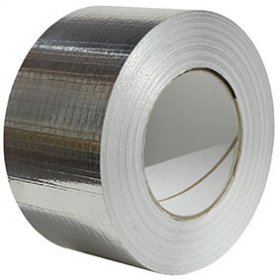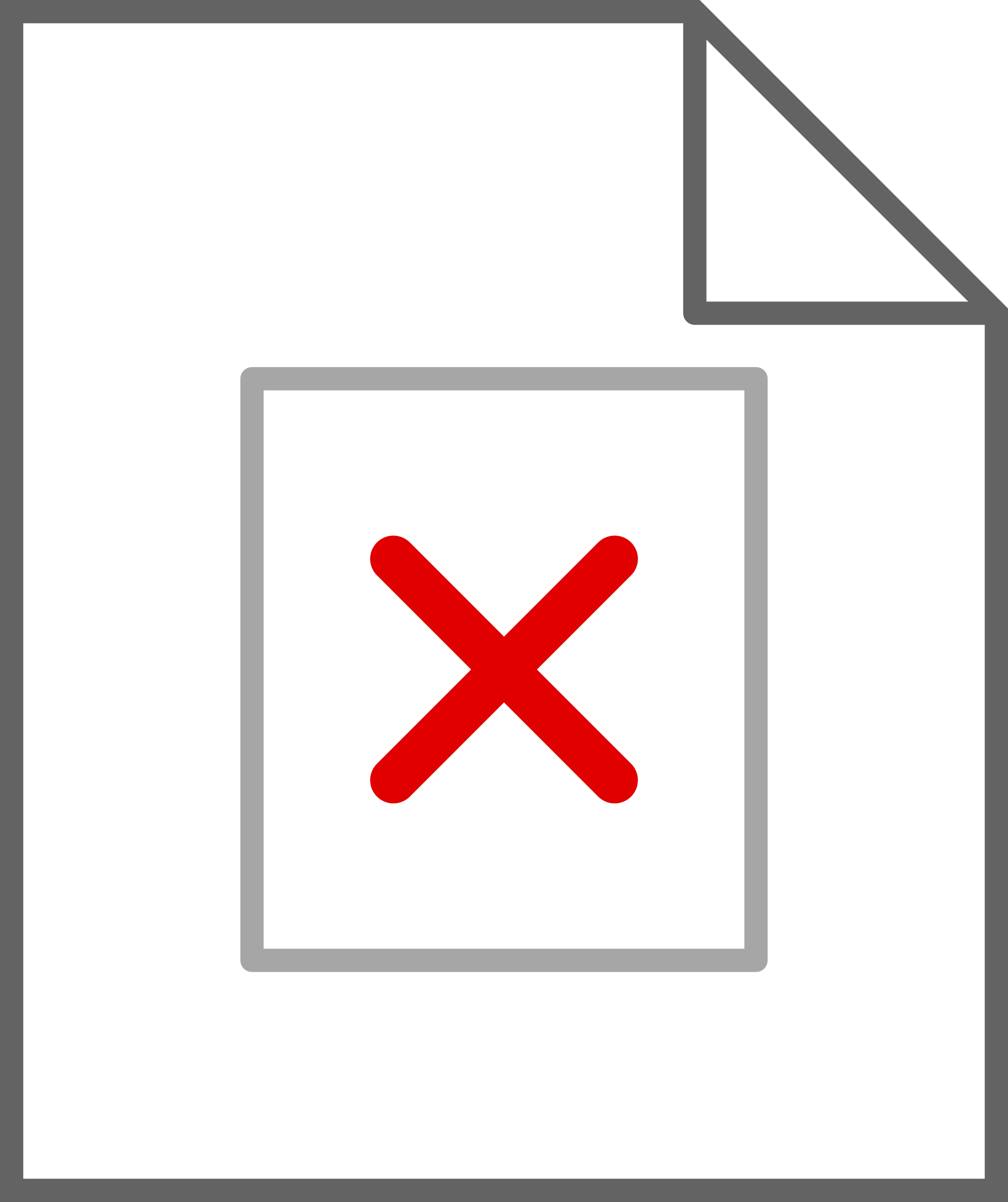It would have been nice if they came up with something shorter like .lan.
Oh, that’s LAN - I thought you’d put ian and I was trying to get the joke. Stupid sans-serif fonts.
First pictures of him sleeping now he has a TLD
Use it anyway.
You go to networking jail for that.
Shit, let’s hope the ICANN cops don’t find me out then… I’ve been using it for years!
418
“I hereby sentence you to two years on your own VLAN with no gateway”
“Please Mr. Router, mercy!”
iptables -I APPEALS -j DROP
Fuck, I’ve been using .hole, is that also illegal?
It should be reserved for sex toys.
Just saying.
What are you doing step-LAN?
Please don’t use the duplex again.
I used to wonder why porn sites aren’t required to use ‘.cum’ instead of ‘.com’…
The original 3, “.cum”, “.nut”, and “.orgasm”.
Ah yes, the golden
showerage of the web.
Well did you find out?
some sex toys are external
Then they go on .external, obviously.
Browsers barf at non https now. What are we supposed to do about certificates?
If you mean properly signed certificates (as opposed to self-signed) you’ll need a domain name, and you’ll need your LAN DNS server to resolve a made-up subdomain like
lan.domain.com. With that you can get a wildcard Let’s Encrypt certificate for*.lan.domain.comand all yourhttps://whatever.lan.domain.comURLs will work normally in any browser (for as long as you’re on the LAN).Right, main point of my comment is that .internal is harder to use that it immediately sounds. I don’t even know how to install a new CA root into Android Firefox. Maybe there is a way to do it, but it is pretty limited compared to the desktop version.
You can’t install a root CA in Firefox for android.
You have to install the cert in android and set Firefox to use the android truststore.
You have to go in Firefox settings>about Firefox and tap the Firefox logo for a few times. You then have a hidden menu where you can set Firefox to not use its internal trust store.
You then have to live with a permanent warning in androids quick setting that your traffic might be captured because of the root ca you installed.
It does work, but it sucks.
This is not a new problem, .internal is just a new gimmick but people have been using .lan and whatnot for ages.
Certificates are a web-specific problem but there’s more to intranets than HTTPS. All devices on my network get a .lan name but not all of them run a web app.
You do not have to install a root CA if you use let’s encrypt, their root certificate is trusted by any system and your requested wildcard Certificate is trusted via chain of trust
That’s if you have a regular domain instead of.internal unless I’m mixing something. Topic of thread is .internal as if it were something new. Using a regular domain and public CA has always been possible.
They didn’t make this too be easy to use. They don’t give a shit about that. That isn’t their job in the slightest.
They reserved a TLD, that’s all.
You can use any TLD you want on your internal network and DNS and you have always been able to do that. It would be stupid to use an already existing domain and TLD but you absolutely can. This just changes so that it’s not stupid to use .internal
Nothing, this is not about that.
This change gives you the guarantee that
.internaldomains will never be registered officially, so you can use them without the risk of your stuff breaking should ICANN ever decide to make whatever TLD you’re using an official TLD.That scenario has happened in the past, for example for users of FR!TZBox routers which use
fritz.box..boxbecame available for purchase and someone boughtfritz.box, which broke browser UIs. This could’ve even been used maliciously, but thankfully it wasn’t.Either ignore like I do or add a self signed cert to trusted root and use that for your services. Will work fine unless you’re letting external folks access your self hosted stuff.
Quite literally my first thought. Great, but I can’t issue certs against that.
One of the major reasons I have a domain name is so that I can issue certs that just work against any and all devices. For resources on my network. Home or work, some thing.
To folks recommending a private CA, that’s a quick way to some serious frustration. For some arguably good reasons. On some devices I could easily add a CA to, others are annoying or downright bullshit, and yet others are pretty much impossible. Then that last set that’s the most persnickety, guests, where it’d be downright rude!
Being able to issue public certs is easily is great! I don’t use .local much because if it’s worth naming, it’s worth securing.
My Asus router is actually able to get a certificate and use DDNS which is really interesting.
Makes ya wonder what else it’s doing that for…
So you can access your router’s config page without blasting your password in plaintext or getting certificate warnings. It’s an optional feature.
Same thing we do with .local - “click here to proceed (unsafe)” :D
Set up my work’s network waay back on NT4. 0 as .local cuz I was learning and didn’t know any better, has been that way ever since.
I found options like .local and now .internal way too long for my private stuff. So I managed to get a two-letter domain from some obscure TLD and with Cloudflare as DNS I can use Caddy to get Let’s Encrypt certs for hosts that resolve to 10.0.0.0/8 IPs. Caddy has plugins for other DNS providers, if you don’t want to go with Cloudflare.
Might be an idea to not use any public A records and just use it for cert issuance, and Stick with private resolvers for private use.
It’s a domain with hosts that all resolve to private IP addresses. I don’t care if someone manages to see hosts like vaultwarden, cloud, docs or photos through enumeration if they all resolve to 10.0.0.0/8 addresses. Setting up a private resolver and private PKI is just too much of a bother.
Accept them
Maybe browsers could be configured to automatically accept the first certificate they see for a given .internal domain, and then raise a warning if it ever changes, probably with a special banner to teach the user what an .internal name means the first time they see one
The main reason this will never happen is that the browser vendors make massive revenue and profit margins off of The Cloud and would really prefer that the core concept of a LAN just dies so you pay your rent to them.
I will stick with .lan
But what if your name is not Ian…
Then change it Ian!
Tai’shar Malkier!
Why do I care what ICANN says I can do on my own network? It’s my network, I do what I want.
Try using .com for your internal network and watch the problems arise. Their choice to reserve .internal helps people avoid fqdn collisions.
Well as long as the TLD isn’t used by anyone it should work internally regardless of what ICANN says, especially if I add it to etc/hosts
Sure, you can do whatever you want. You could even use non-rfc1918 addresses and nobody can stop you. It’s just not always a great idea for your own network’s functionality and security. You can use an unregistered TLD if you want, but it’s worth knowing that when people and companies did that in the past, and the TLD was later registered, things didn’t turn out well for them. You wouldn’t expect .foo to be a TLD, right? And it wasn’t, until it was.
Ah good point. I guess a future-proofed guarantee that the domain will never be used externally would be easier to use than trying to somehow configure my DNS to never update specific addresses.
deleted by creator
Certain domain names are locally routed only. So if you use internal or local as a tld, you can just assign whatever names you want and your computer won’t go looking out on the internet for them. This means you and I can both have fileserver.local as an address on our respective network without conflicting. It’s the URI equivalent of 192.168.0.0/16.
Interesting that you should use “.local” as an example, as that one’s extra special, aka Multicast DNS
YouCANN do anything you want?
The value of the DNS is that we all use the same one. You can declare independence, but you’d lose out on that value.
That’s good, I never liked the clunky
.home.arpadomain.Well, I just realized I completely goofed, because I went with .arpa instead of .home.arpa, due to what was surely not my own failings.
So I guess I’m going to be changing my home’s domain anyway.
It was just always so annoying having to go into the iPhone keyboard punctuation twice for each domain
Thanks but I hardly needed anyone permission to not use that. .local still works just fine.
Except when it doesn’t. It can have issues around multicast dns.
I’ve had issues with .local on my Android device. Straight up doesn’t work. I had to change to .lan
Same here, just stumbled across this issue yesterday when I tried to restructure my network to use .local
I think it was only added in android 12.
It just means .internal won’t be relayed out on the internet, as it will be reserved for local only.
Good luck with that. .local is reserved for mDNS calls, and not every OS treats it the same way. Ask me how I know.
Been working fine for me for twenty years or more in a mixed environment.
I used to use .local but mDNS can get confused, .home has been fine though
Interesting. I’ve been using “.home.arpa” for a while now, since that’s one of the other often used ways.
home.arpa
Yes, I’ve been using this too. Here’s the RFC for .home.arpa (in place of .home): https://www.rfc-editor.org/rfc/rfc8375.html
Nice. Thanks 👍
No problem!
Took long enough
Missed the opportunity for
.myshit.Thank god. Now iOS will finally recognize it
Next up!
ICANN approves use of
.awesome-selfhosteddomain for your networkWoohoo! We internal now! No more FQDN collisions!
I guess no one offered anything for .internal
routerlogin.net how I do not miss you
i loved that it was an option. not sure why it was changed.



















